Belfast is the capital of Northern Ireland and a city that bears the traces of historical conflicts. From the 1960s to the 1990s, there were violent clashes between Protestants and Catholics during "The Troubles" period. After these conflicts, "peace walls" were built in the city. These walls were built to separate Protestant and Catholic neighborhoods and still stand today. These walls symbolize social division and segregation in the city. However, in recent years, efforts have been made to demolish the peace walls and increase social integration in the city. These efforts are seen as an important step in erasing the traces of historical conflicts in the city and achieving peace.
Peace Walls in Belfast: A Memorial to Historical Conflicts
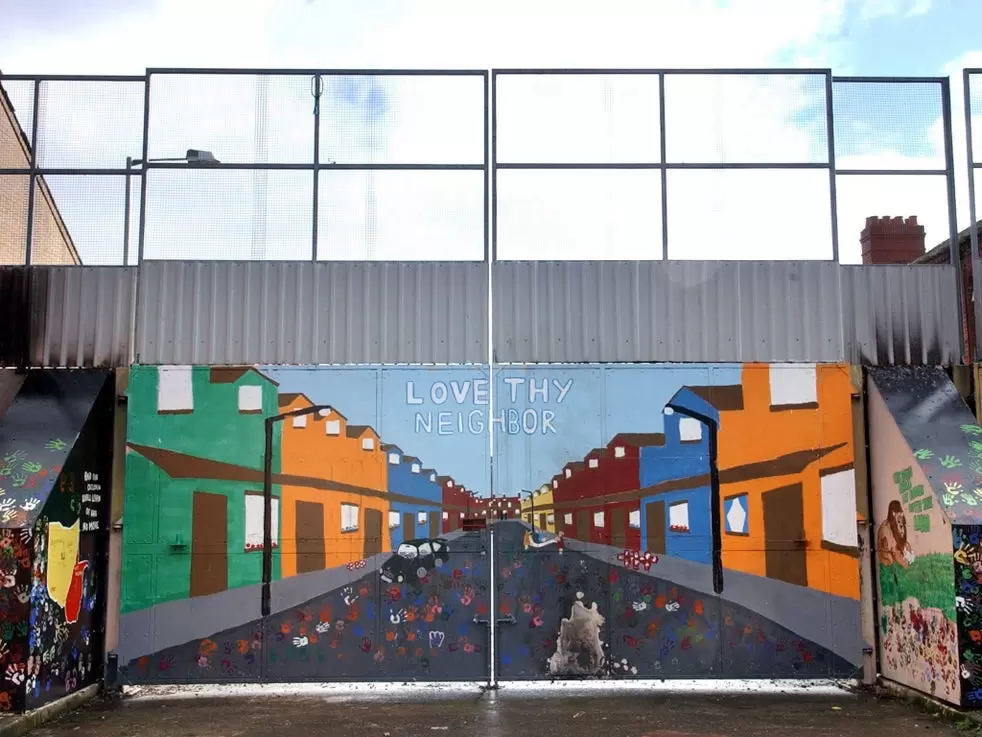
Belfast is the capital and largest city of Northern Ireland. The city became the center of conflict between Protestants and Catholics in the mid-20th century. These conflicts continued from the 1960s to the 1990s, resulting in the deaths and injuries of thousands of people. During this period, many peace walls were built in Belfast.
Peace walls are high walls that separate Protestant and Catholic neighborhoods. These walls were built in areas where conflicts were intense. The first peace wall was built in 1969 and their numbers have increased since then. Today, there are approximately 40 peace walls in Belfast.
Peace walls are a reminder of historical conflicts. These walls were built to ensure people's safety. However, these walls have also caused people to be separated from each other. The division between Protestants and Catholics has become even more pronounced with peace walls.
Today, peace walls still exist in Belfast. However, in recent years, efforts have been made to demolish these walls. The peace process is one of the steps taken to achieve peace in Northern Ireland. In this process, the demolition of peace walls is also an important step.
Peace walls are a reminder of historical conflicts. However, these walls have also caused people to be separated from each other. The peace process continues with the demolition of peace walls. The goal of this process is for people to live together in peace.
Peace Walls in Belfast: A City Full of Traces of the Past
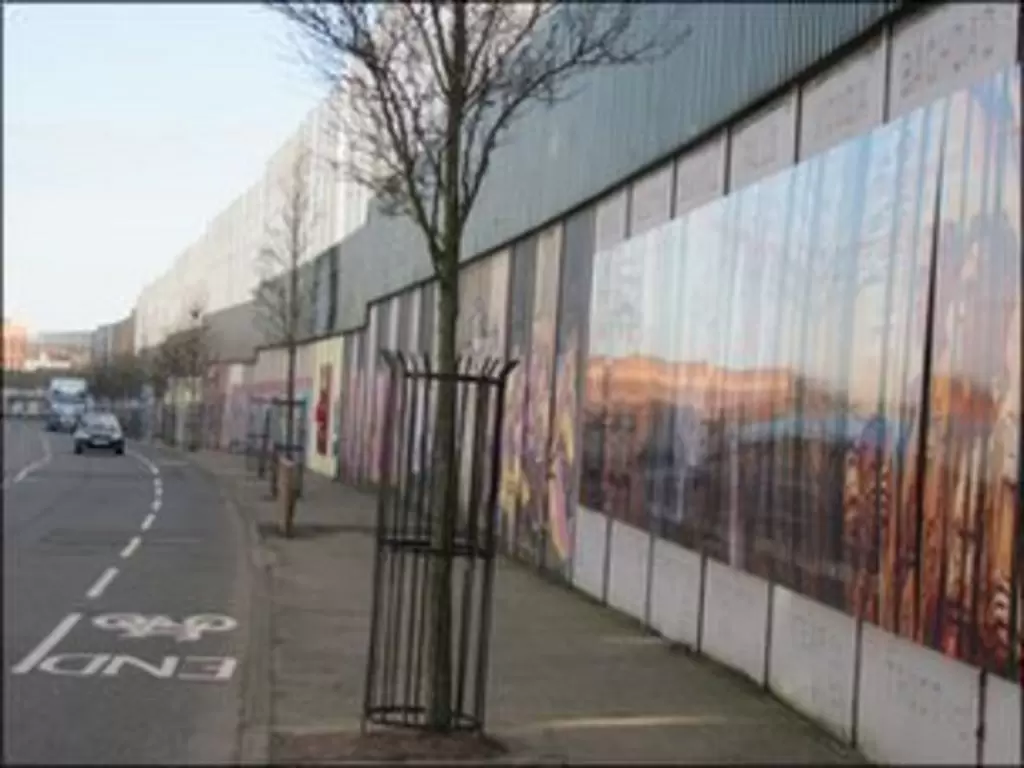
Belfast is the capital and largest city of Northern Ireland. However, the city has been the center of conflicts throughout its history. From the 1960s to the 1990s, conflicts between Protestants and Catholics continued violently in the city. During this period, many peace walls were built in Belfast.
Peace walls are high walls that separate Protestant and Catholic neighborhoods. These walls were built during the period of violent conflict to prevent people from attacking each other. However, these walls reflect the division of the city and the traces of past conflicts.
The peace walls in Belfast are part of the city's historical and cultural heritage. However, these walls also reflect the division and discrimination of the city. Therefore, efforts have been made in recent years to demolish the peace walls and reunite the city.
The peace walls in Belfast have become a tourist attraction. However, to understand the stories behind these walls, it is necessary to understand the city's historical and cultural heritage. These walls carry the traces of past conflicts and reflect the division of the city. However, efforts are being made to demolish these walls and reunite the city, which is seen as a promising step for the city's future.
Peace Walls in Belfast: Reflections of Social Divisions
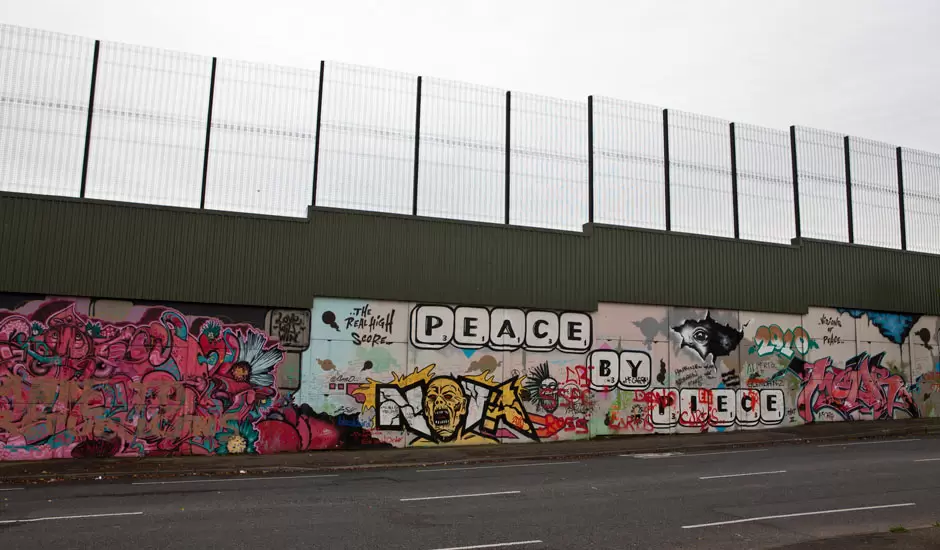
Belfast is the capital and largest city of Northern Ireland. However, the city also has a historical division. The Northern Ireland conflict, which began in 1969, led to a violent conflict between Protestants and Catholics. As a result of these conflicts, many peace walls were built in Belfast.
Peace walls are high walls that separate Protestant and Catholic neighborhoods. These walls were built during the period of violent conflict. The first peace wall was built in 1969 and there are currently 21 peace walls in Belfast. These walls are a reflection of social divisions in the city.
Peace walls are an indication that social divisions in the city continue. The walls between Protestant and Catholic neighborhoods cause people to live apart from each other. This situation leads to the continuation of social divisions in the city.
Peace walls also have a negative impact on the tourism sector in the city. Tourists come to the city to see these walls. However, these walls show the division of the city and do not encourage tourists to stay longer.
The peace walls in Belfast are a reflection of social divisions in the city. These walls cause people to live apart from each other and have a negative impact on the tourism sector in the city. Therefore, it is necessary to demolish the peace walls and for people to interact with each other more.
Peace Walls in Belfast: Walls that Preserve Painful Memories of the Past
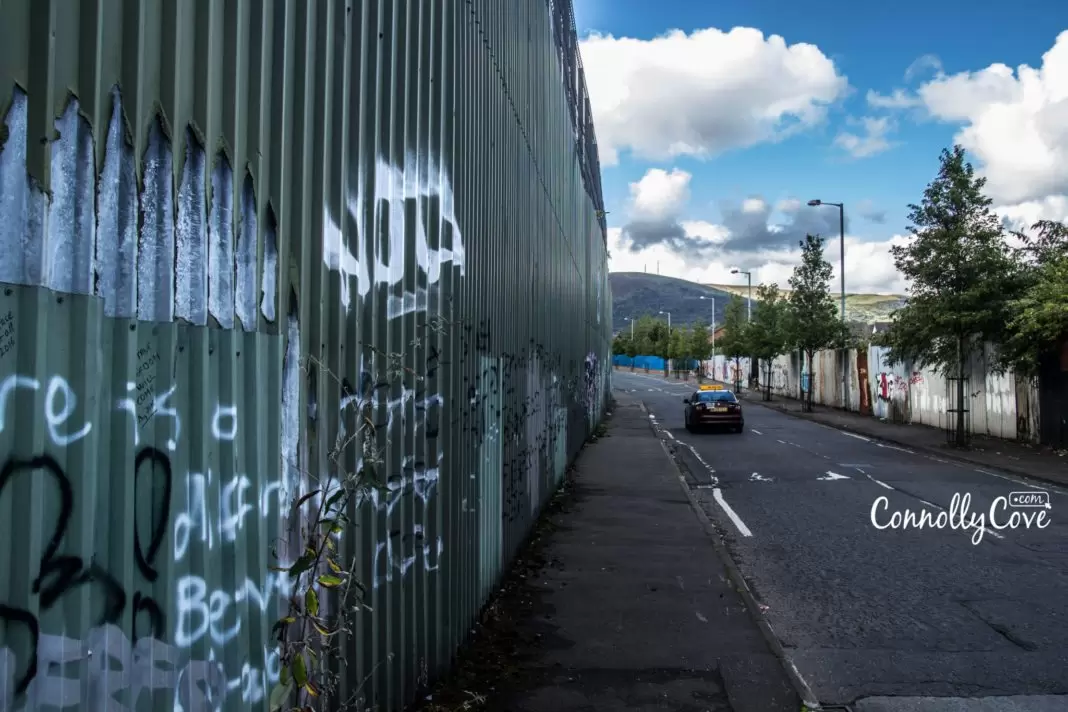
Belfast is the capital and largest city of Northern Ireland. During the conflict period between the late 1960s and the 1990s, the city was the center of conflicts between Protestants and Catholics. During this period, many peace walls were built in the city. These walls were built to separate Protestant and Catholic neighborhoods and were used to prevent violent incidents.
The peace walls in Belfast are part of the city's historical and cultural heritage. These walls were built to preserve painful memories of the past. The walls were used to separate Protestant and Catholic neighborhoods. The conflicts between these neighborhoods lasted for years. The peace walls helped to end these conflicts.
The peace walls are an important tourist attraction in Belfast. These walls are part of the city's historical and cultural heritage. Tourists visit these walls to try to understand the painful memories of the past. These walls remind us of the painful events of the past and remind us that people should live in peace and tolerance.
While reminding us of the painful events of the past, the peace walls in Belfast also remind us that people should live in peace and tolerance. These walls are part of the city's historical and cultural heritage and are an important tourist attraction. These walls preserve painful memories of the past while reminding us that people should live in peace and tolerance.
Peace Walls in Belfast: Walls that Tell the Stories of the Past
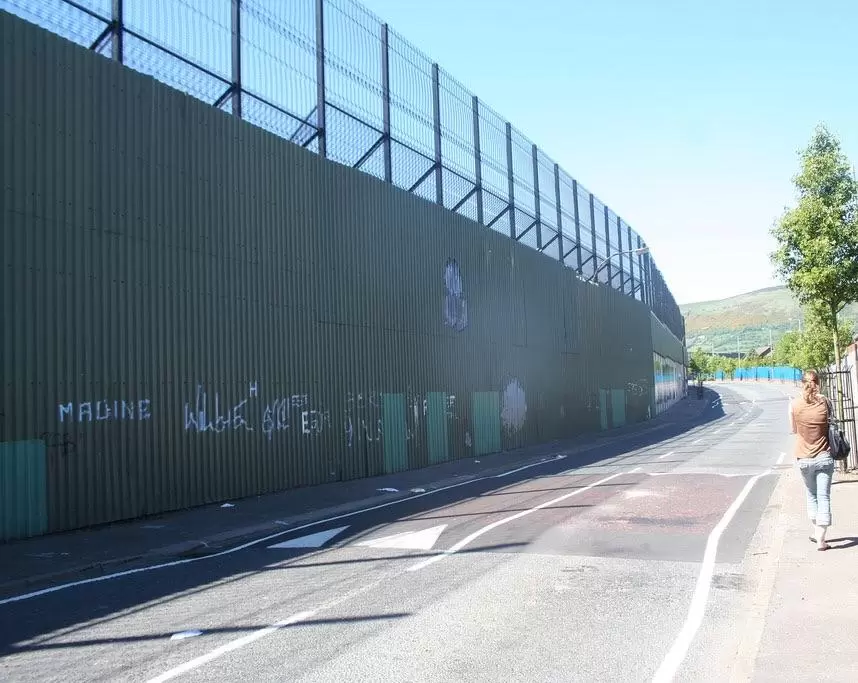
Belfast is the capital and largest city of Northern Ireland. During the conflict period between the 1960s and 1990s, the city was the center of conflicts between Protestants and Catholics. During this period, many peace walls were built in the city. These walls were built to separate Protestant and Catholic neighborhoods and were used to prevent violent incidents.
The peace walls in Belfast are an important part of the city's historical and cultural heritage. These walls tell the stories of past conflicts and reflect the city's progress in the peace process. The walls rise between Protestant and Catholic neighborhoods and are generally 6-8 meters high. The walls have slogans and pictures written in memory of the conflicts.
The peace walls in Belfast are a tourist attraction. These walls are important to understand the city's historical and cultural heritage. Additionally, these walls show the city's progress in the peace process. The Belfast Agreement signed in 1998 helped end the conflicts in the city and initiated the peace process. During this process, peace walls began to be demolished and relationships between Protestant and Catholic neighborhoods in the city were developed.
While the peace walls in Belfast tell the stories of past conflicts, they also reflect the city's progress in the peace process. These walls are an important part of the city's historical and cultural heritage and attract tourists. As the peace process continues in the city, it is important to demolish these walls and develop relationships between Protestant and Catholic neighborhoods.

Comments